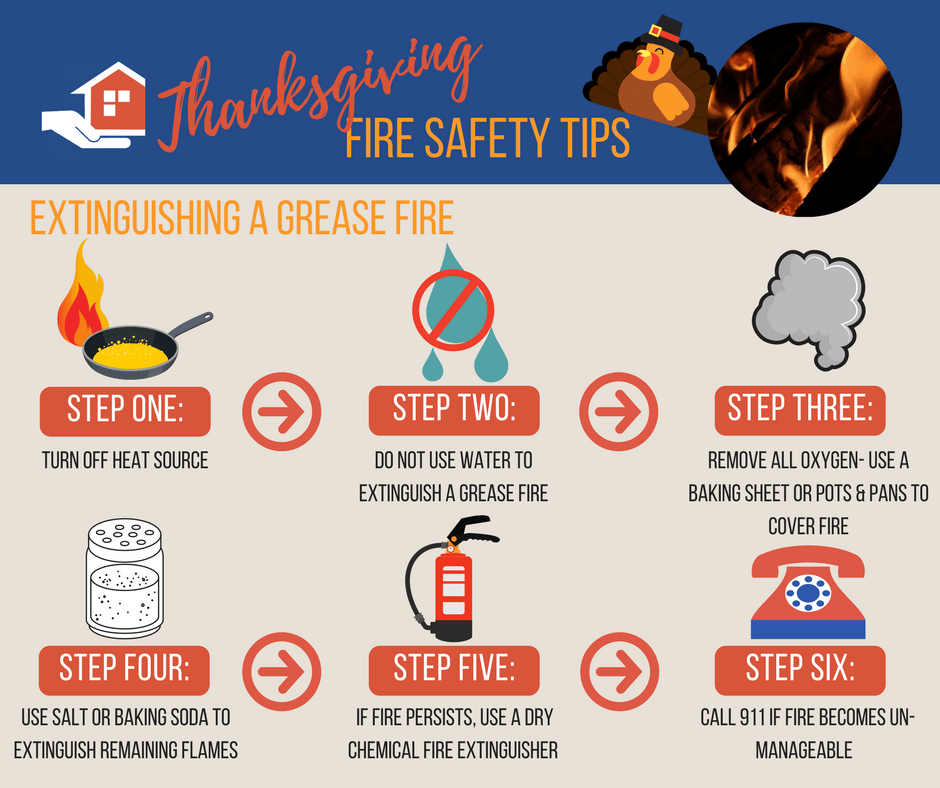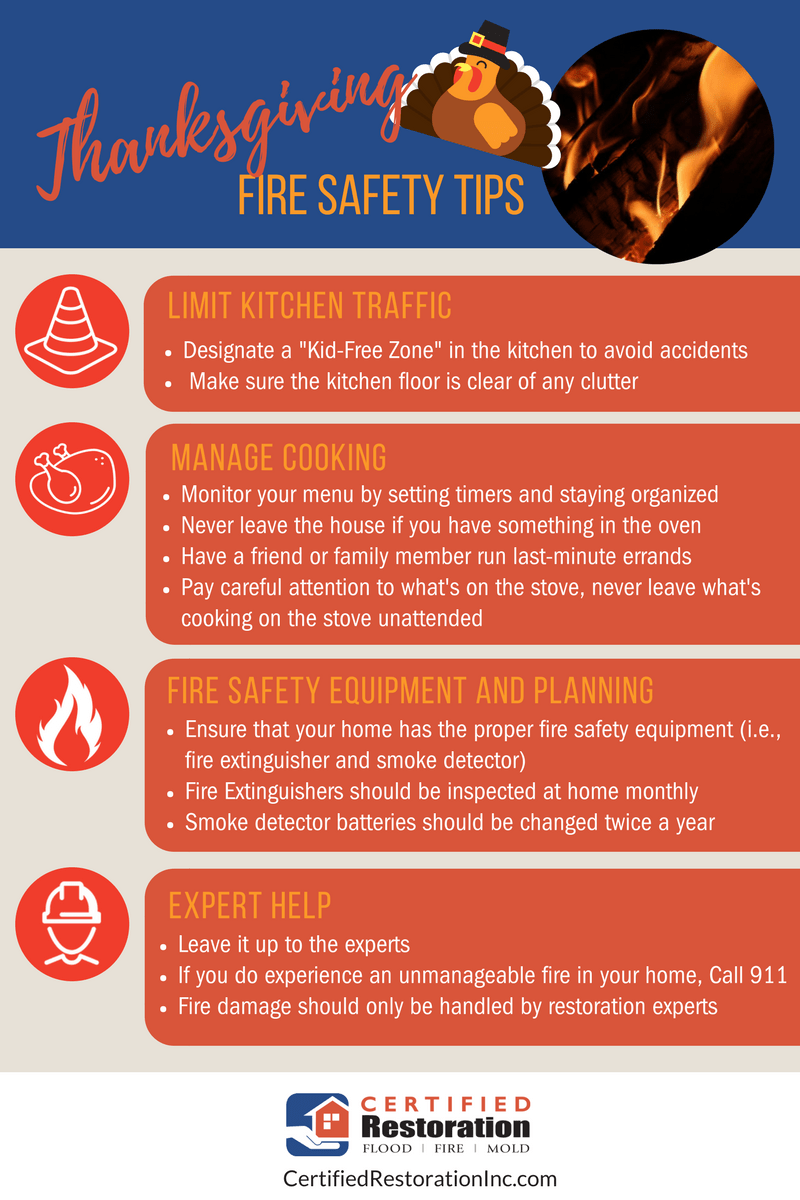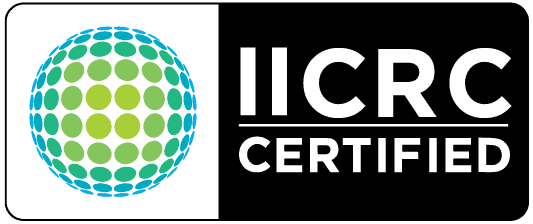Thanksgiving Fire Safety: 8 Ways to Prevent a Home Cooking Fire
Thanksgiving is the leading day for home cooking fires, followed closely by Christmas and Christmas Eve. The NFPA reported that home cooking fires on Thanksgiving Day in 2013 surged by 230%. Don’t let the threat of fire ruin your holiday feast—follow these essential tips to keep your family, home, and delicious meal safe this Thanksgiving.
1. Keep a Close Eye on Your Cooking
If you have something in the oven, DON’T LEAVE THE HOUSE! Even a quick trip to the store can lead to disaster. Have a family member or friend watch the oven while you’re away. If cooking on the stovetop, stay even closer! An open flame can ignite nearby items, leading to serious fire damage. Always turn handles inward to avoid accidents during busy cooking times.
2. Use a Timer
Utilize a timer (or two) throughout the cooking process to prevent any smoke or potential fires from setting off your smoke detector. This simple step protects your home from a cooking fire and ensures your Thanksgiving feast doesn’t end up burnt!
3. Handle Grease with Care
Heat oil slowly, as hot oil can create a mess and pose a fire risk when in contact with open flames. NEVER use water to extinguish a grease fire. First, turn off the heat source, then cover the fire with a pot or pan to remove its oxygen. If the fire continues, pour baking soda on it. If it becomes unmanageable, call 911 immediately.

4. Establish a “Kid-Free Zone”
Create a designated area in the kitchen that is free from kids, especially near hot appliances. This helps prevent dangerous accidents and keeps your Thanksgiving dinner intact.
5. Ensure Fire Safety Resources Are Ready
In case of a cooking fire, make sure you have the right tools to contain the situation. Install smoke detectors and keep a fire extinguisher accessible.
– Change smoke alarm batteries at least twice a year. Use daylight savings as a reminder to do this when you change your clocks.
The NFPA recommends including these steps for fire extinguisher inspections:
– Accessibility: Ensure your extinguisher is in a visible and easy-to-reach location.
– Seal Inspection: Check tamper and safety seals for intactness.
– Pressure Check: Verify that the pressure gauge needle indicates proper pressure.
– Damage Inspection: Look for signs of corrosion, leakage, or a clogged nozzle, which may indicate the need for a replacement.
– Document Inspections: Keep a record of monthly checks and maintenance on your extinguisher.

6. Keep Flammable Items Away from Flames
Avoid wearing loose clothing while cooking, stay organized, and keep any flammable items away from the stove to reduce fire risk.
7. Use Turkey Fryers Safely
Only use turkey fryers outdoors and at a safe distance from your home and any flammable materials. Never use them on wooden decks or in garages, as they are a significant cause of home cooking fires.
8. Have an Action Plan
If a cooking fire occurs on Thanksgiving, ensure your family knows the fire action plan to minimize damage and exit safely. After a fire, follow our After Fire Checklist before starting the fire damage restoration process. Fire damage should only be managed by a restoration expert.
Certified Restoration is available 24/7 in San Diego for fire and water damage restoration. Our experienced team ensures the restoration process is simple and efficient, helping you recover from fire damage quickly. Enjoy your Thanksgiving, and stay safe!





